Trauma, meditation and me
Sitting still is never something I've been good at, but when a traumatic event triggered anxiety attacks, I knew something had to change. Enter meditation

It's 6:45am. My alarm clock sounds a blood-curdling melody and, grudgingly, I drag myself from the wraps of my cosy, warm bed. I brush my teeth and splash ice cold water over my face - a wondrously invigorating yet horrific sensation - kickstarting my awareness of surroundings.
It's an early Saturday, March morning. Daylight peeps through the curtains as I turn on the essential-oil humidifier and light some scented candles, preparing the meditation station for my first guided session. Glugging down half-a-pint of water, I flop down onto the cushions which had been meticulously positioned the night before. Opening the Headspace app to my pre-chosen meditation, I press play and close my eyes.
Please work.
The fire that fed the flame

As a child, I was fearless; a Tarzan in a domestic jungle, climbing trees and bannisters, and running everywhere, no matter how many times my knees ripped open. Jumping from furniture, whose sturdiness was questionable, without second thought horrified my mother, yet I wore my Year Six ‘Daredevil Award’ with pride: not a quiver in my bones.
Fast-forward 15 years the opposite has manifested: an anxious overthinker and stress-head by definition. “What happened to you?” despairs my mother over a lockdown-Facetime in early January, recalling the previous daredevil outlook that defined my youth.
Trepidation flows through my veins like blood and up until this point, I was somewhat managing it. But last year I hit a breaking point.

My first anxiety attack was scary. Rationality fled; my body shook like a power drill, weight anchored deep in my chest, and the simple task of breathing became mountainous, fast-paced and uncontrollable.
Analysing why this happened with a professional, two root causes were established. The first in secondary school. Pathetic squabbles over a boy turned into a year of alienating bullying, utilised on many platforms - Myspace being one #vintage.
My mentality from then onwards spiralled in slow motion. With anxiety snowballing, small decisions became monumental rollercoasters and playing out future consequences to every scenario in my head was a necessity.
According to mental health charity Mind, “Anxiety is what we feel when we are worried, tense or afraid – particularly about things that are about to happen or could happen in the future.” It's a natural human response embodying a fight, flight or freeze reflex.
"I felt sick, ashamed and in pieces."
The second stems from the evening of 21 October 2020. Raw and vivid as if occurring just yesterday, it was the night I became one of thousands of innocent victims tricked by an APP bank scam. An impersonator scam which, in 2020, saw a record number of people maliciously deceived – an increase of 66% in the last six months.
I felt sick, ashamed and in pieces.
I lost everything: earnings saved over the last few years, student loan, savings from not going out for drinks, not going on holiday, not buying that cute dress, everything.
The first set of anxiety attacks struck in a two-week succession from that day onwards until my bank, which was signed up to the voluntary Authorised Push Payment Scam Code, moved heaven and earth to solve it.
The triggers remain close to the surface: one, a text message - a rare occurrence, especially after blocking every unknown number - and the instigator of the realisation I had been scammed.
The other, my bank balance, which was checked daily to catch my breath. Even writing this, my heart rate quickens, breathing becomes challenging, heat builds in my body, and palms glisten with beads of sweat while tremors begin irrepressibly.
Just. Breathe.

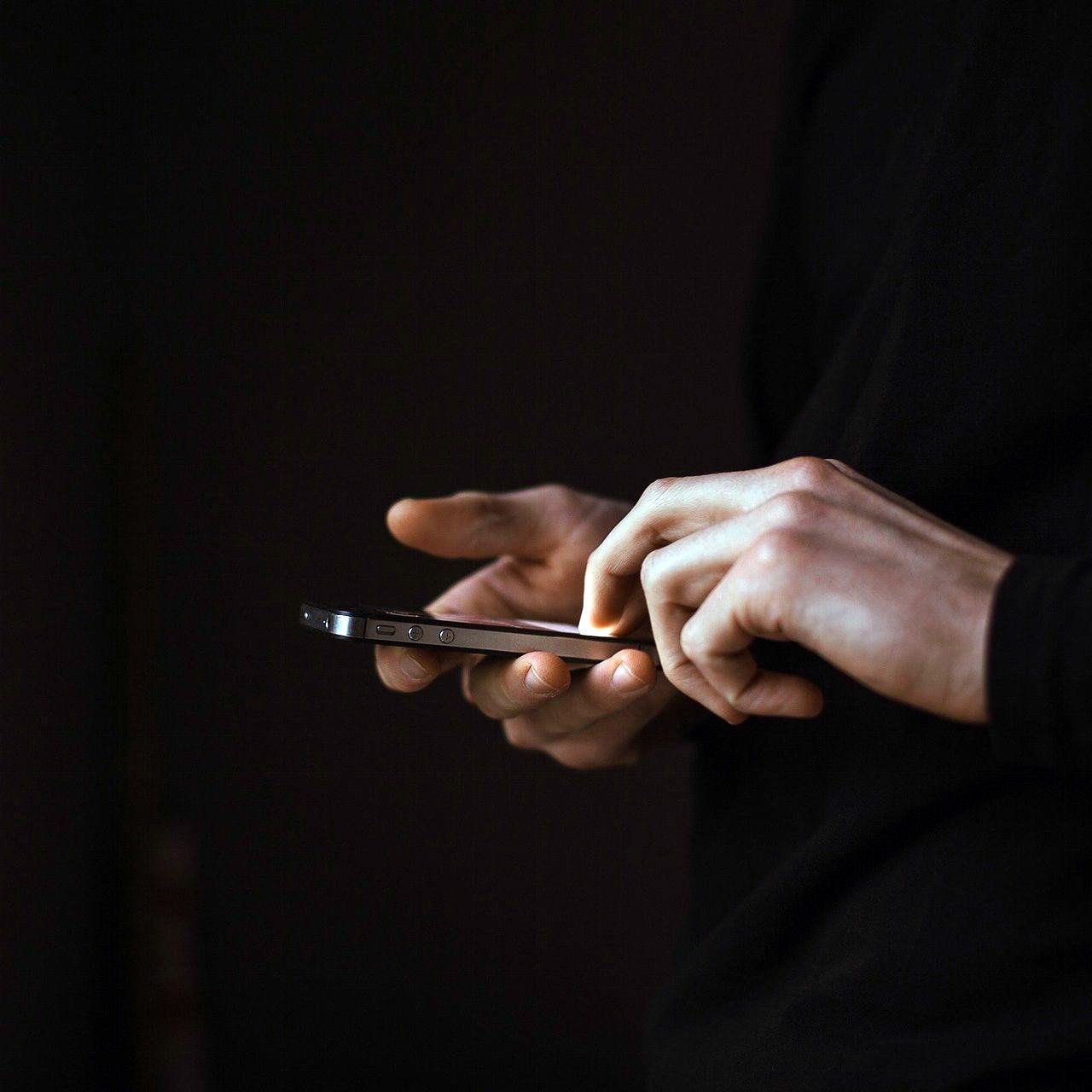
Wellbeing website Healthline explains one feeling of anxiety is lack of control - a disconnect between body and mind. But when meditation, creating a balance between these, was first suggested, I was cynical.
Could sitting and breathing really help?
There’s magic in the method

The age-old practice of meditation has many strings to its bow (mindful, mantra, transcendental and more). It has been scientifically proven to improve attention, mental health, and even intelligence.
This Information is Beautiful visual shows “strong” evidence in alterations to brain structure, concentration and “promising” in anxiety, depression, and stress.
Andy Puddicombe, co-founder of Headspace, says meditation aims to train the mind to better understand how and why we think and feel the way we do; fundamentally transforming our “experience and perspective of everyday life” from within.
The skill enables us to step back and see our thoughts more clearly, without engaging in “the mental commentary.”
Easier said than done.
Highlighting the challenges of meditation, clinical psychologist Dr Lana Jackson explains, “It can be difficult to turn towards our thoughts and feelings, particularly if we are very anxious.” But the attitude we bring to meditation is what is important.
An open mind and attitude of curiosity and kindness to ourselves helps build our capacity to be with difficult thoughts and emotions, she adds.
"It’s about management rather than cure."
With Netflix jumping on the mindful bandwagon, apps aplenty and even smartwatches buzzing us to take time, meditation is becoming increasingly popular.
Signing up to Headspace, seeking out YouTube videos and scheduling time to commit to 14 consecutive days of meditation, I was ready to try and regain some internal peace.
Essex-based meditation teacher Alexandra Reece-Ford explained, "It's about management rather than cure." And not a quick fix, she hastened to add, but a lifestyle change. Developing your mind differently, meditation connects us with deeper levels of self-awareness, and helps us to be more present.
“[Don’t] expect too much,” she says, “take it slow, and do not try and clear your thoughts… Meditation is never about clearing your thoughts.” A common misconception.
So, how hard could it be?
On your marks, get set… Meditate
Setting up a relaxation ‘sanctuary’ is key. A physical reminder for ‘this is the time and place for calm’. A clear, uncluttered space without distractions. Now, considering my flat is approximately 12 metres square, clutter is inevitable, but organised mess? I can do.
A comfortable sitting position is next, to enjoy and relax into the process. Resisting the temptation to buy a meditation pillow from Amazon, I opted for sofa cushions covered in a tatty, cosy blanket.
Positioned in-between my living-room door and dragon plant, with candles to my right and essential-oil humidifier topped up with lavender to my left (a handy Christmas present), I was set.
Remembering Alexandra’s words, acing it was not high on my expectation, and my first intention was to master stillness— something we busy humans find difficult - and find a routine.
Completing meditation at the same time each day is recommended for successful results, and the earlier the better! The hours before sunrise are considered ‘prime’ meditation time due to minimal distractions. Plus, it boosts productivity.
"Meditation is never about clearing your thoughts.”
Planning to undertake three meditation practices overall - mindful, visualisation and mantra - I sat cross-legged with my eyes open, ready for my first attempt at mindful meditation.
Guided by Andy himself, Headspace’s ‘basics’ course focussed on breathing. Noticing the rise and fall, counting each breath.
Hands flopping to the side, I thought, “How should I be breathing?!”
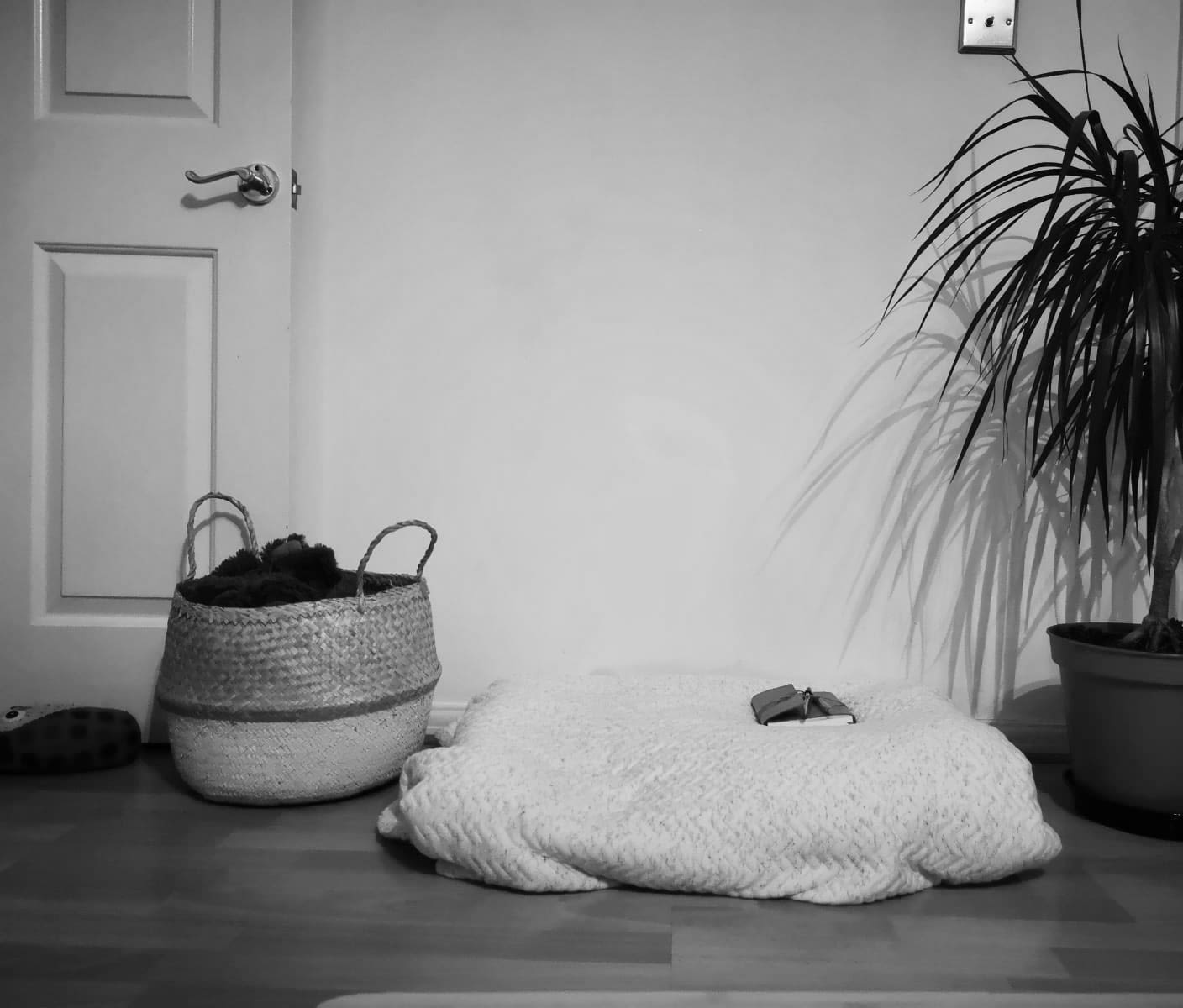
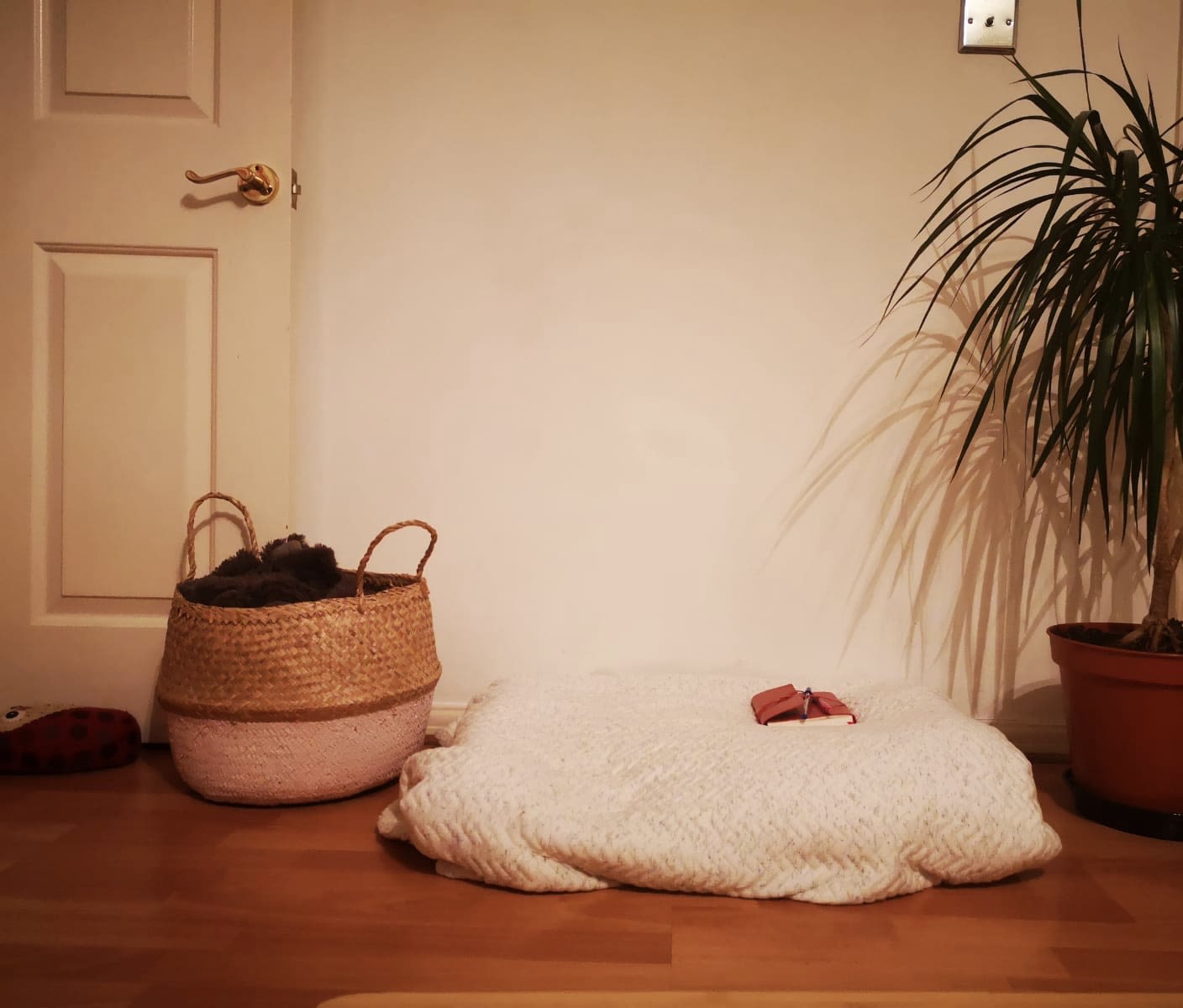
My first internal monologue commenced as I closed my eyes.
“Is this right?” Followed a plethora of to-dos and deliberations.
Three minutes in and my mind was already wandering. With perfect timing, Andy chimed, “If you feel your mind start to wander, recognise it, and bring it back.”
Inhale. Exhale.
I was so bad at this. Trying to sit still for 10 minutes is tough when every creak and itch is enhanced.
Alexandra explains, “When you close your eyes, you’re cutting off one of your biggest senses… heightening your other[s].” Reminding myself it was only day one, I was eager to overcome this challenge; it’s a marathon, not a sprint.
Gemma Nice, a yoga and relationship coach, explained how many people felt unable to meditate due to the constant stream of thoughts. She adds, “The thoughts will always be there. It’s training your mind to not hang onto that thought and just let it go.”
Although practice was difficult, adding tranquillity and taking some time before daybreak benefitted my productivity. By 9am I had already completed numerous tasks off my to-do list: a great start I’d say.
"The thoughts will always be there. It’s training your mind to not hang onto that thought and just let it go."
Watch this great explanation of meditation for beginners from Headspace
Practice not to be perfect
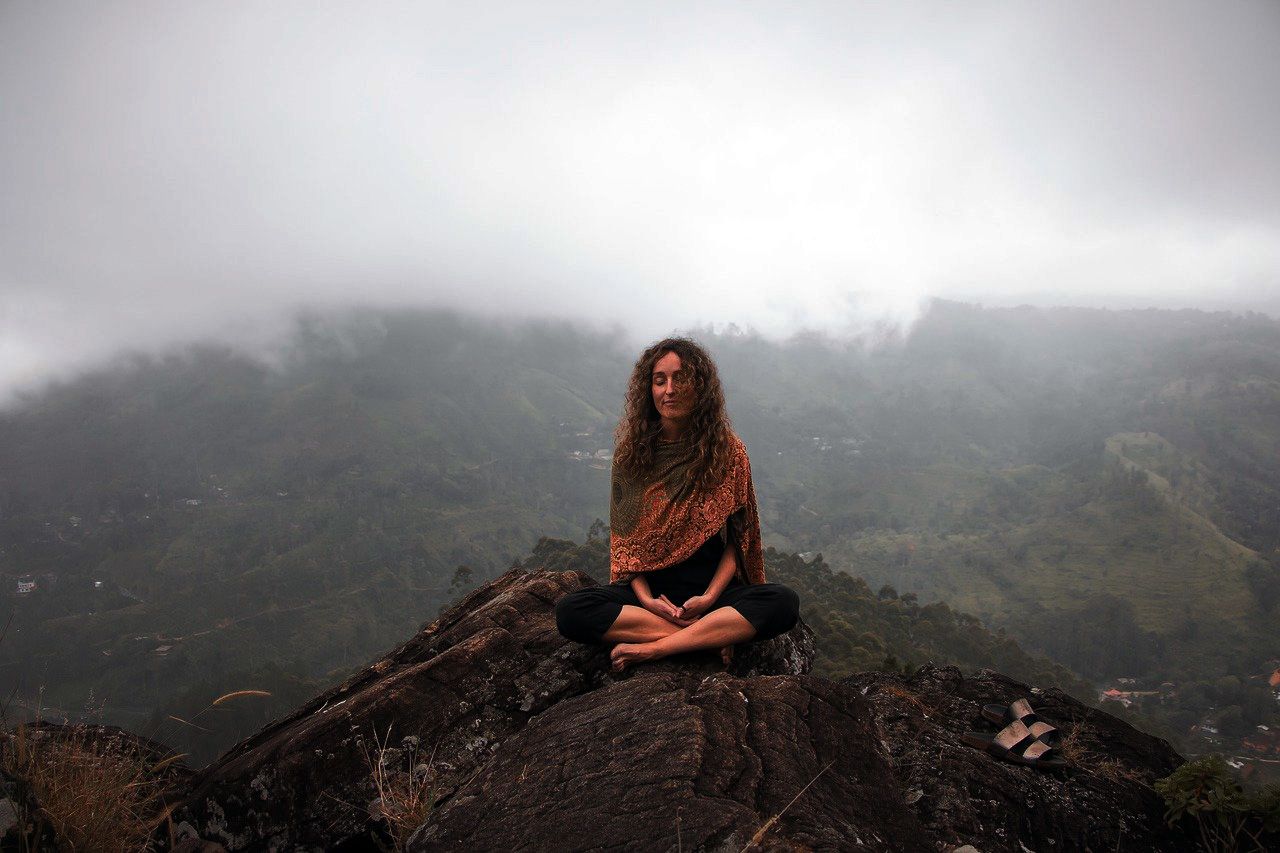
"Your brain now knows that you don’t need to do that... What that does brings anxiety to you."
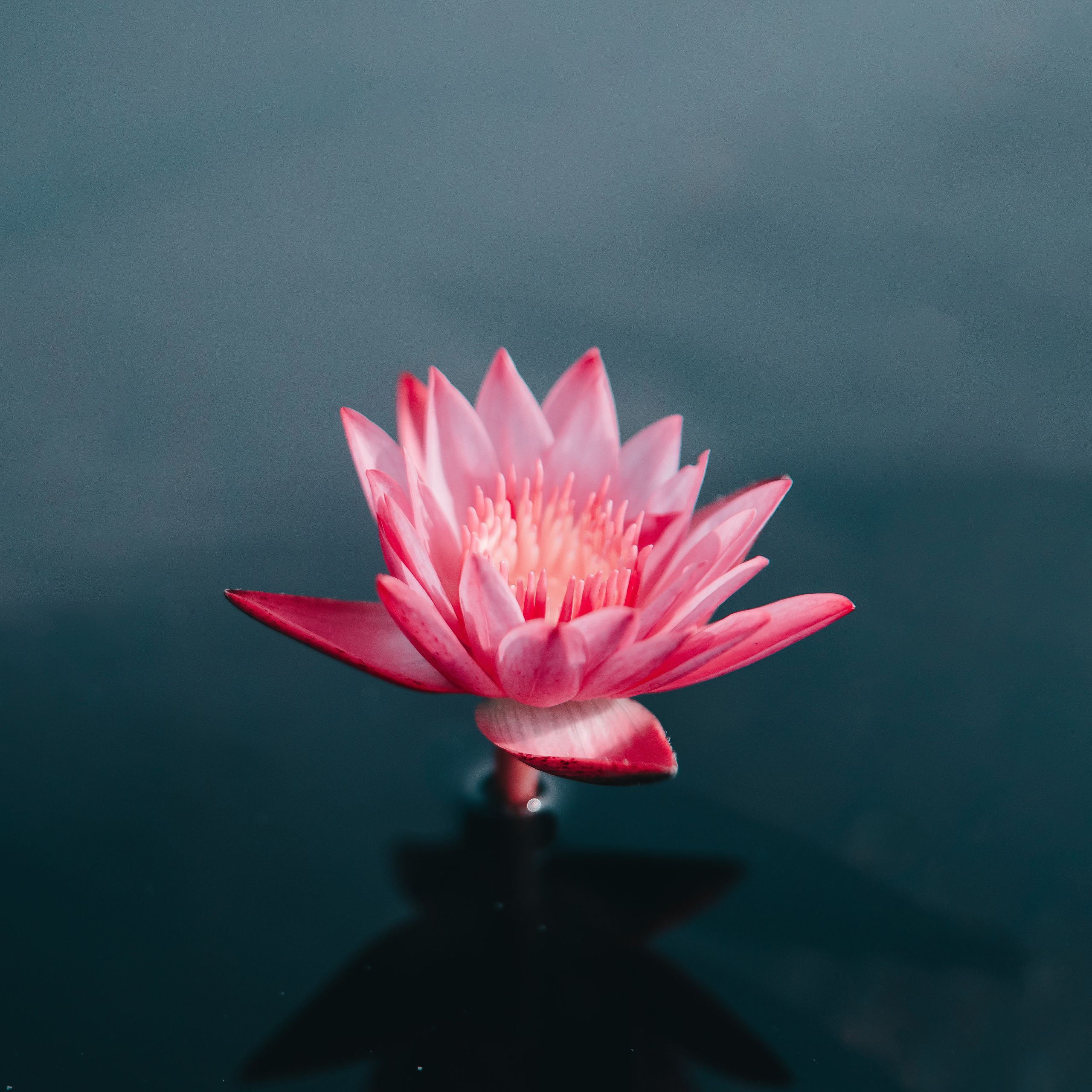
During the first week, I tried meditating silently and with relaxation music. Each day, finding my focus became surprisingly less challenging and stillness more accessible. On day four, my practice included visualisation, otherwise known as mental imagery.
In this, we pictured, in our “mind’s eye”, a lotus flower (ironically symbolic of patience and self-awareness) floating on murky water. It was my first feeling of quietness. Focusing on inhale – exhale, and the focal image, I noticed, for a minute or so, no thoughts had clouded my mind.
Throughout the week I began noticing small changes in myself too; my first realisation was during a group discussion with friends about impending deadlines - a topic guaranteed to cause heart palpitations.
As the conversation progressed, I waited for the eventual ‘freak-out’, but my palms remained dry, heart rate normal and outlook rational. What is this wizardry? Was it actually working?
My partner turned to me on day eight saying, “Has our electricity bill come out this month?” I was stunned. Not because I hadn’t received a notification, but because I hadn’t checked.
It was the first time since October I hadn’t checked my bank balance. “Your brain now knows that you don’t need to do that,” explains Alexandra, “what that does brings anxiety to you.”
The six-month-old knot in my stomach had finally loosened - something she believes is down to a change in thought processes - and a sense of release engulfed me.
Aum, Sah-Hum, I am
During week two, I took on mantra meditation, a favourite with celebrities like Oprah Winfrey and Demi Lovato. Mantra, whose literal Sanskrit meaning is ‘mind’ (man) and release (tra), is beneficial to those who find focusing on breath or visuals a challenge.
Repeating a sound or phrase internally or out loud occupies your awareness, preventing the focus from drifting in other directions. Though at first the Brit in me awakened and I felt silly for chanting aloud, the deeper I went into meditation using the sound ‘Aum’, the more and, dare I say, most focused I felt. And shocked at its calming power.
Leaving this meditation was harder than usual, but once able to, I felt energised about the day ahead, and keen to return to it tomorrow.
According to a small study from 2012 by The Journal of Alternative and Complementary Medicine, this form of meditation can improve brain health, including visuospatial and verbal memory, alongside fatigue and anxiety.
Just. Breathe.
Breathing is easy. We’ve had it perfected since birth without any instruction, right? Apparently not. According to UK-based yoga teacher Gemma Nice, we’re not using the full potential of our lungs. “We always shallow breathe,” she explains. “When we’re stressed, we shallow breathe even more. It’s a vicious circle.” When stressed, the body releases cortisol, so to get serotonin, the calming hormone, breathing deeper and slower, using full lung capacity is crucial.
Who needs sedatives, when you have meditation?
If I don’t keep up with morning meditation (though I’m determined to!), night-time practice is staying.
Over the last two weeks, my sleep has honestly never been better. Sleeping through the night and waking up energised were unfamiliar notions until recently. And though that may be a combination of lighter spring mornings and meditation, it is a change I will take.
Dreams is another. Usually inundated with vividly memorable dreams and mostly entertaining nightmares – even more so in lockdown - since starting my practice, my typically vivacious sleep has been eerily uninterrupted.
Meditation is a natural sedative, Alexandra tells me. When a natural routine is created – something key for meditation – our thought processes are retrained, filtering out unnecessary feelings.
Freeing up this space allows us at night to rest, and in doing so reduces cortisol (the stress hormone) and increases melatonin (the sleep hormone) naturally.
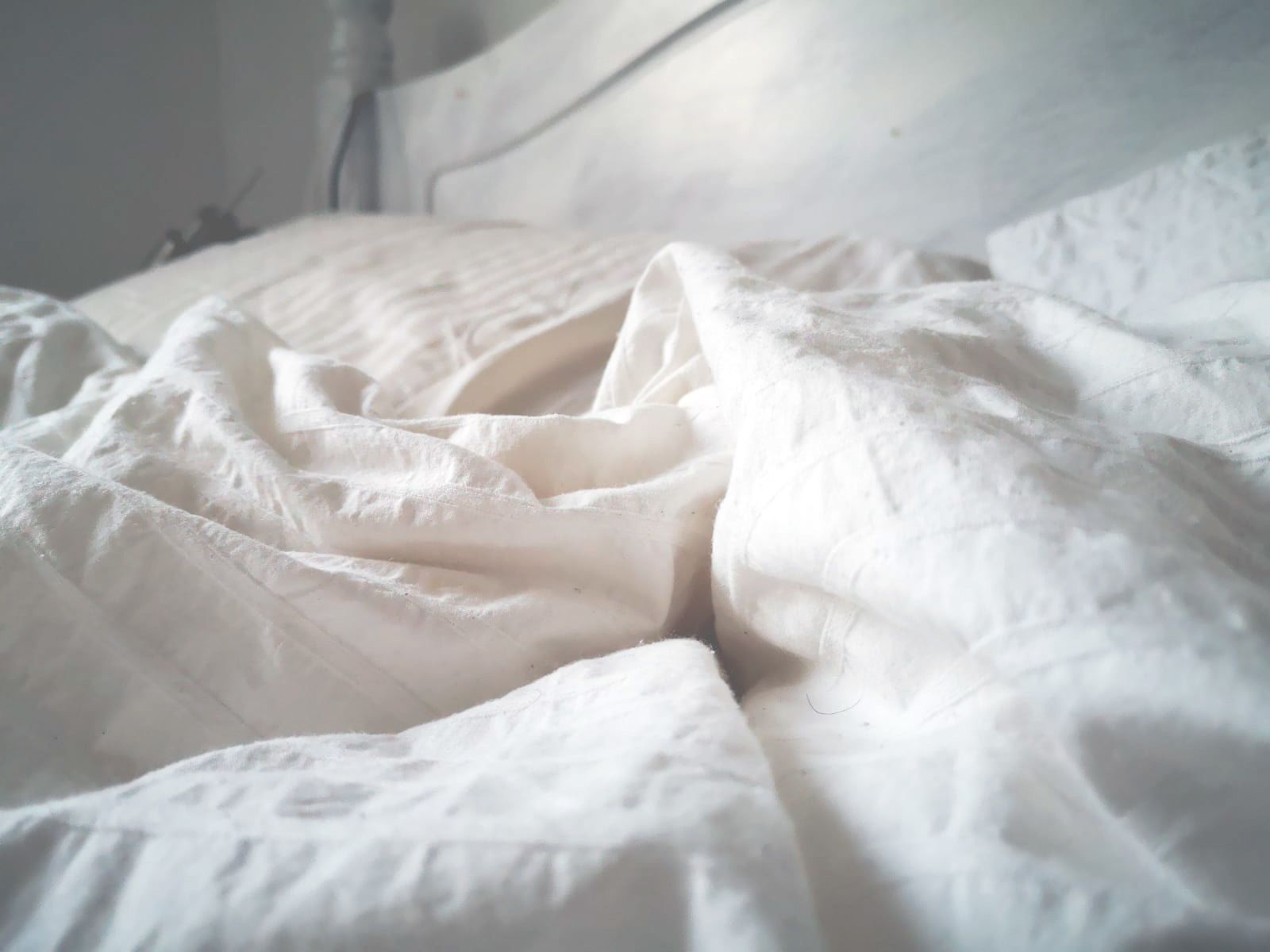
It’s day 14 and 6:41am. My alarm will sound in four minutes. Enjoying these four minutes, I rub my eyes, stretch, grab my glasses and I’m ready.
Face splashed, the cold water refreshing, water bottle half-full, I go into my living room, light candles and sit.
As I listen to the guided mindful-visualisation meditation – a lift traveling to the basement of my mind - I recognise my thoughts and say, ‘Ok, you’re there, but I don’t need you right now.’
The 20-minutes fly by, and before I know it, I am done. This calm space isn’t so bad after all, I think I’m going to come here more often.
Top tip: Trigger your calm
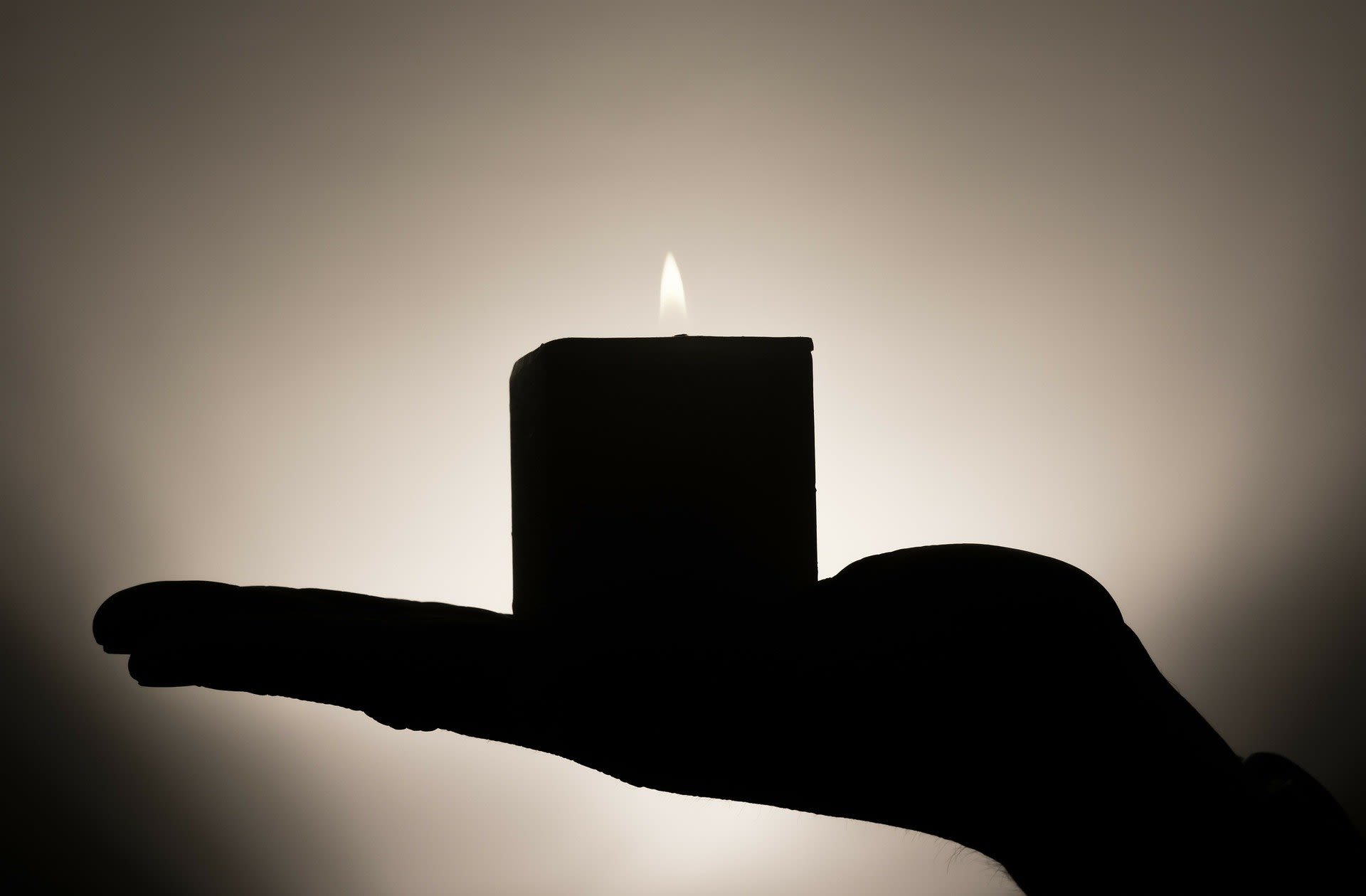
Having little things to trigger your brain into calming down is a helpful and handy trick. For Alexandra it is a buddha on a mug. For me, a candle.
So, did it work?
So far, so good. I feel calmer – a regular and usually instantaneous sign for beginners Michael Smith says in his book Mindfulness Meditations for Anxiety.
Nerves and fear are noticeably reduced, and not my go-to reactions, which is a revelation.
Although I’ve not truly reached a meditative state, admittedly some days I sucked at focusing, I feel the benefits creeping through.
With one small slip up (a cosy Sunday morning) I stuck to my morning time and place and my body clock has adapted. I guess I’ll have to keep going!
Having made a conscious effort to spend less time looking at my phone before and after meditation – be it messages, the news or Twitter – my brain too is less clouded. I’m a changing woman.
